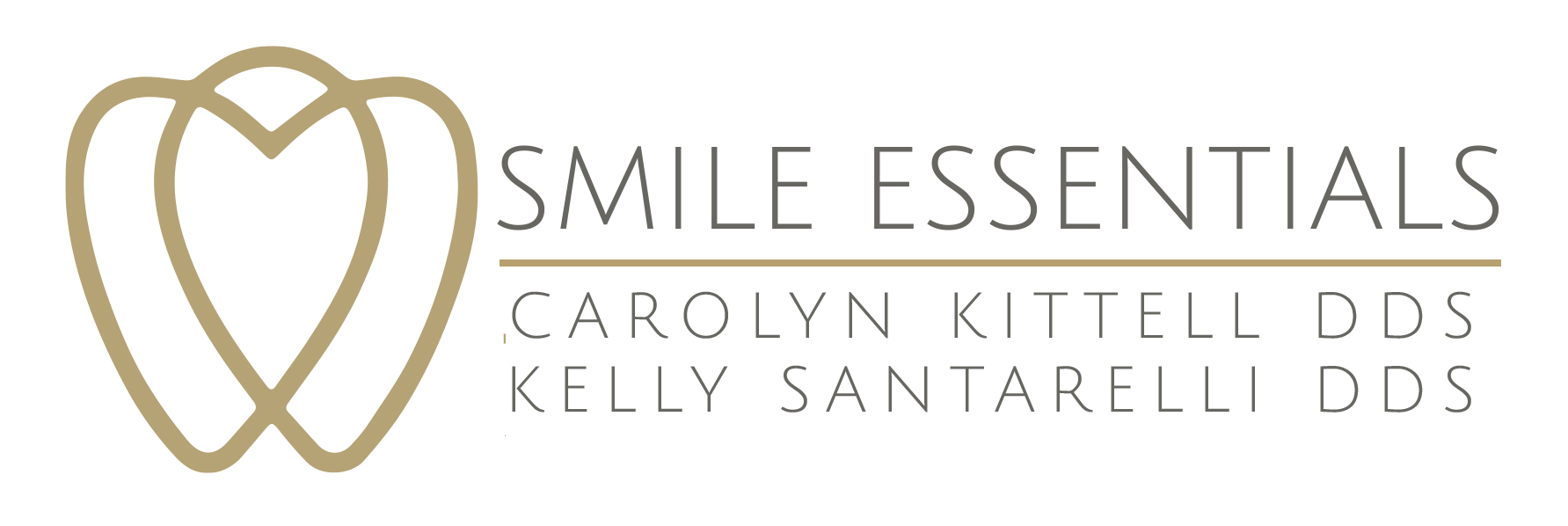How to Clean Clear Aligners - Easy Daily Care Guide
Yes, you can keep your clear aligners crystal clear and bacteria-free with the right cleaning routine. Recent research shows that proper cleaning prevents biofilm formation, which can harbor harmful bacteria like Streptococcus mutans and Porphyromonas gingivalis that cause tooth decay and gum disease.
This guide covers everything you need to know about cleaning your clear aligners. You'll learn simple daily care steps, deep cleaning methods, and how to avoid costly mistakes that damage your trays.
Why Clean Your Clear Aligners Matter
With 70% of orthodontic treatments now using clear aligners , proper care has never been more important. Your aligners sit in your mouth for 20-22 hours daily, creating the perfect breeding ground for bacteria.
What Happens Without Proper Cleaning
Bacteria can adhere to aligner surfaces within 6-12 hours, forming biofilms that calcify over time. This leads to:
- Cloudy, discolored aligners that become visible
- Bad breath and unpleasant odors
- Higher risk of cavities and gum disease
- Potential treatment delays
The Science Behind Aligner Bacteria
Research reveals that aligners develop bacterial biofilms composed initially of coccoid species, then evolving into more diverse bacteria within a thick substance. Studies from the National Center for Biotechnology Information show that unlike your natural teeth, aligners don't benefit from your tongue and saliva's self-cleaning action.
Daily Cleaning Routine That Works
The key to clean aligners is making it part of your daily routine. Here's what works best:
Morning Care (2 Minutes)
- Remove aligners carefully - Use your fingernails, not teeth
- Rinse immediately with lukewarm water
- Brush gently with a soft-bristled toothbrush
- Store safely in their case while you eat breakfast
Evening Deep Clean (5 Minutes)
- Remove and rinse under lukewarm water
- Brush with antibacterial soap - Use clear, unscented soap only
- Rinse thoroughly to remove all soap residue
- Inspect for damage - Check for cracks or cloudiness
Pro Tip: Use a separate toothbrush just for your aligners. Your regular toothbrush may have abrasive toothpaste residue that can scratch the plastic.
Best Cleaning Methods Backed by Research
Studies show brushing combined with effervescent tablets provides the most effective cleaning . Here are the top methods:
Method 1: Antibacterial Soap (Daily)
This is your go-to daily cleaning method.
What you need:
- Clear, unscented antibacterial soap
- Soft-bristled toothbrush
- Lukewarm water
Steps:
- Add a small drop of soap to your brush
- Gently brush all surfaces for 30 seconds
- Rinse thoroughly with lukewarm water
- Check that no soap residue remains
Method 2: Cleaning Crystals (Weekly)
Invisalign cleaning crystals contain sodium sulfate and sodium carbonate for deep disinfection.
Steps:
- Dissolve one packet in lukewarm water
- Soak aligners for 15 minutes (no longer)
- Brush gently after soaking
- Rinse completely before wearing
Method 3: Hydrogen Peroxide Solution (As Needed)
Perfect for removing stains and killing bacteria.
Recipe:
- Equal parts lukewarm water and 3% hydrogen peroxide
- Soak for 30 minutes maximum
- Brush and rinse thoroughly
When to use: For cloudy aligners or after drinking coffee or tea (with aligners out).
Method 4: Effervescent Tablets (2-3 Times Weekly)
These tablets contain sodium bicarbonate and sodium sulfate for effective cleaning.
Steps:
- Drop one tablet in lukewarm water
- Add aligners and soak 15-20 minutes
- Brush surfaces gently
- Rinse well before reinserting
Advanced Cleaning Techniques
Ultrasonic Cleaners: The Professional Choice
Ultrasonic cleaners use high-frequency sound waves to remove bacteria and debris from hard-to-reach areas.
Benefits:
- Deep cleaning in just 3-5 minutes
- Reaches grooves and crevices
- Perfect for weekly deep cleans
- Also cleans jewelry and small items
How to use:
- Fill with lukewarm water
- Add aligners for 3-5 minutes
- Remove and rinse
- Optional: Add cleaning solution for extra power
DIY Solutions That Work
Baking Soda Paste:
- Mix 1 teaspoon baking soda with water
- Create a gentle paste
- Brush lightly and rinse well
- Use sparingly - baking soda can be mildly abrasive
White Vinegar Soak:
- Mix equal parts water and white vinegar
- Soak for 15 minutes maximum
- Rinse thoroughly to remove taste
- Use only occasionally due to acidity
What Never to Use on Your Aligners
These common items can damage your aligners permanently:
Definitely Avoid:
- Hot water - Warps the plastic and changes the fit
- Colored mouthwash - Stains the clear plastic
- Abrasive toothpaste - Scratches create hiding spots for bacteria
- Denture cleaners - Too harsh for aligner plastic
- Scented soaps - Leave bad tastes and residue
- Bleach or harsh chemicals - Can weaken the material
Temperature Matters
Safe: Lukewarm or cool water Dangerous: Hot water above 100°F (38°C)
Hot water can warp your aligners in seconds, making them useless and requiring expensive replacements.
Solving Common Cleaning Problems
Cloudy or Discolored Aligners
Causes:
- Inadequate cleaning routine
- Drinking colored beverages with aligners in
- Using wrong cleaning products
Solutions:
- Hydrogen peroxide soak - 50/50 with water for 30 minutes
- Increase cleaning frequency - Clean after every meal
- Check your habits - Remove aligners for all drinks except water
Bad Odor or Taste
Odor results from bacteria buildup and can be neutralized effectively.
Quick fixes:
- Rinse with lukewarm water after every removal
- Soak in vinegar solution (1:1 with water) for 30 minutes
- Increase daily cleaning frequency
- Replace aligners on schedule
Stubborn Stains
For coffee/tea stains:
- Soak in hydrogen peroxide solution overnight
- Brush gently with soft toothbrush
- Consider ultrasonic cleaner for deep cleaning
For calcified buildup:
- Use effervescent tablets twice weekly
- Brush more thoroughly around problem areas
- See your dentist if buildup persists
Smart Storage and Handling Tips
Proper Storage Prevents Problems
Always:
- Use the provided case when aligners are out
- Clean the case weekly with antibacterial soap
- Carry a backup case for emergencies
Never:
- Wrap in napkins (easy to throw away)
- Leave on counters or tables
- Store in pockets without a case
Travel-Smart Cleaning
Pack these essentials:
- Travel-size antibacterial soap
- Small soft-bristled toothbrush
- Portable case
- Cleaning tablets for deep cleaning
Hotel room hack: Fill a clean glass with lukewarm water and cleaning solution for soaking.
Creating Your Personal Cleaning Schedule
Daily Routine (5 minutes total)
- Morning: Quick rinse and brush (2 minutes)
- After meals: Rinse before reinserting (30 seconds)
- Evening: Deep clean with soap (3 minutes)
Weekly Deep Clean (15 minutes)
- Choose one method: Cleaning crystals, effervescent tablets, or ultrasonic cleaner
- Inspect thoroughly: Check for damage or wear
- Clean storage case: Wash with antibacterial soap
Monthly Maintenance
- Review your routine: Are aligners staying clear?
- Replace cleaning supplies: Get fresh toothbrush and cleaning products
- Professional check: Discuss any concerns with your cosmetic dentist
Signs You Need Professional Help
Contact your orthodontist or dental team if you notice:
- Persistent cloudiness despite proper cleaning
- Cracks or damage to aligners
- Consistent bad odor that won't go away
- Gum irritation or bleeding
- Changes in aligner fit
The Cost of Poor Aligner Care
Neglecting proper cleaning can lead to:
Immediate costs:
- Replacement aligners: $100-300 per set
- Treatment delays: Additional months of treatment
- Professional cleaning: $50-100 per visit
Long-term consequences:
- Tooth decay requiring dental crowns
- Gum disease needing periodontal therapy
- Extended treatment time and costs
Making Cleaning a Habit
Start Small
Begin with just morning and evening cleaning. Once that becomes automatic, add the weekly deep clean routine.
Set Reminders
- Phone alarms for cleaning times
- Link to existing habits (brush teeth = clean aligners)
- Keep supplies visible on your bathroom counter
Track Your Success
- Take photos of your aligners weekly
- Note any improvements in clarity
- Celebrate consistent habits
Environmental Considerations
With increased aligner use, environmental awareness is essential. Here's how to be more eco-friendly:
Sustainable practices:
- Use minimal soap and water
- Choose biodegradable cleaning tablets when possible
- Properly dispose of old aligners through dental office programs
- Reuse cleaning containers and travel cases
Technology and Future Cleaning Methods
Recent research explores antibacterial coatings that could reduce biofilm formation. The U.S. Food and Drug Administration continues to evaluate new orthodontic technologies to improve patient outcomes. Future developments may include:
- Self-cleaning aligner materials
- Smart aligners that indicate cleaning needs
- More effective, eco-friendly cleaning solutions
- UV sanitizing cases for home use
Myths and Facts About Aligner Cleaning
Myth: "Rinsing with water is enough"
Fact: Water alone cannot remove bacterial biofilms that form on aligner surfaces.
Myth: "Expensive cleaning products work better"
Fact: Warm water with soap and hydrogen peroxide solutions are among the most effective methods.
Myth: "You can clean aligners in the dishwasher"
Fact: High temperatures will warp and destroy your aligners instantly.
Myth: "Mouthwash is safe for cleaning aligners"
Fact: Most mouthwashes contain alcohol and dyes that can damage and stain aligners.
Your Next Steps
Clean aligners are crucial for successful treatment and oral health. Start with these simple steps:
- Today: Clean your aligners with antibacterial soap and a soft brush
- This week: Choose a deep cleaning method and add it to your routine
- This month: Evaluate your cleaning supplies and upgrade if needed
Remember, the few minutes you spend cleaning your aligners daily can save you hundreds of dollars and months of extended treatment time.
Final Thoughts
Keeping your clear aligners clean doesn't have to be complicated or time-consuming. With the right routine and proper techniques, you can maintain crystal-clear aligners throughout your entire treatment.
The investment in proper cleaning pays off with better oral health, more effective treatment, and a confident smile you'll be proud to show off. Your future self will thank you for developing these healthy habits now.
Ready to perfect your smile with professional care? Contact our team at Smile Essentials to discuss your orthodontic options and learn more about maintaining excellent oral health during treatment.














